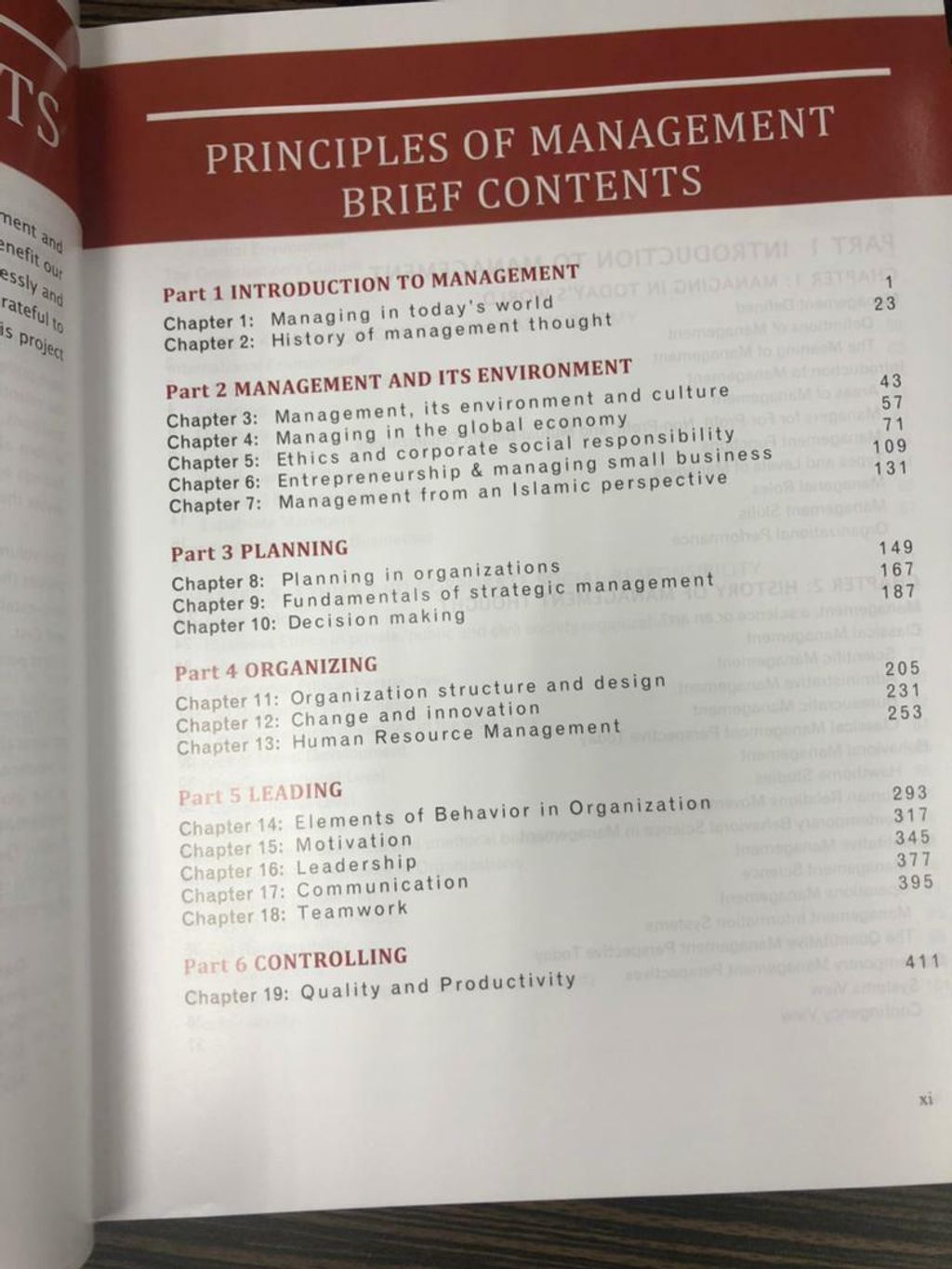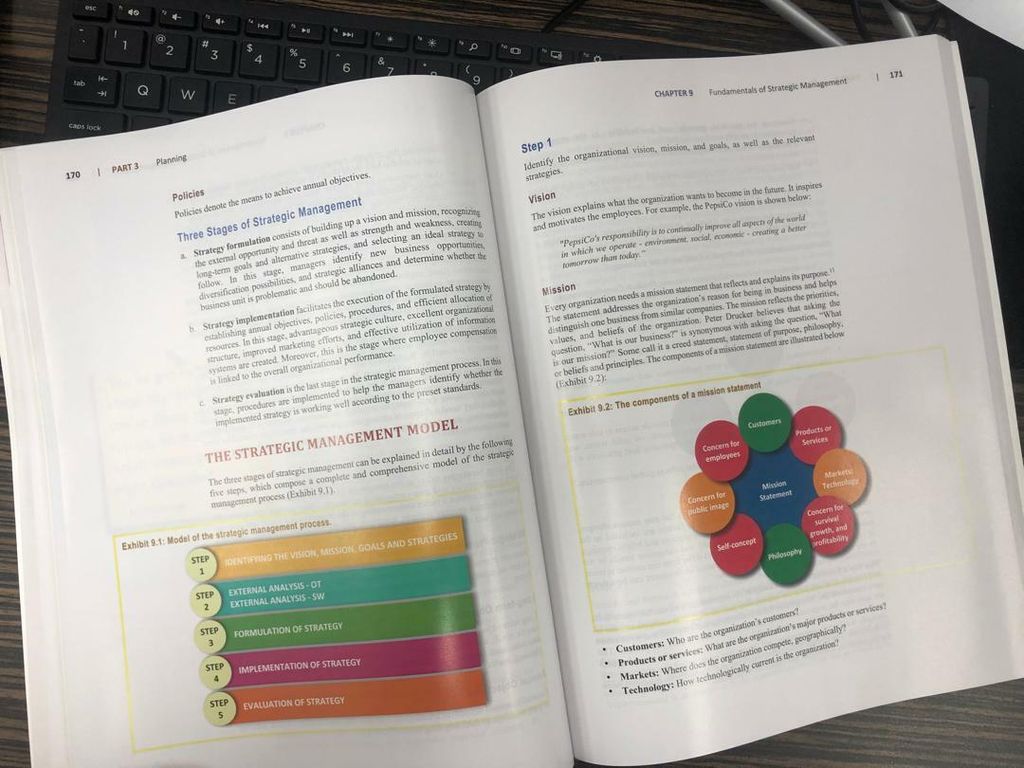Principles of Management, Borges
- Regular price
- RM 74.00
- Sale price
- RM 74.00
- Regular price
-
RM 74.00
Share
This uptodate textbook is designed for use by professors and lecturers teaching undergraduate courses in management, MBA programs, Executive programs and related business fields. Principles of Management blends traditional concepts and models of management with some contemporary twists, including a chapter devoted to Islamic management. Students will also like the authors’ use of examples and illustrations from management practices by international as well as local companies. The book features a wide range of student-friendly graphs, charts, tables and exhibits, as well as thorough lists of key terms and discussion questions following each chapter.
The book’s authors include faculty members from both public and private universities across Malaysia, many of whom have written extensively in business and related fields.
The authors are currently teaching business management courses, they tailored the text for today’s students, taking into account their ethnic diversity as well as their academic and career interests. Readers may wonder why the Malayan Tiger was chosen for the cover of Principles of Management. Well, it’s because this is an important symbol of Malaysian pride and commitment to its cultural heritage, and the Malayan Tiger represents the brave, dynamic approach to modern business management we want students to embrace.
Part 1 INTRODUCTION TO MANAGEMENT
Chapter 1: Managing in today’s world
Chapter 2: History of management thought
Part 2 MANAGEMENT AND ITS ENVIRONMENT
Chapter 3: Management, its environment and culture
Chapter 4: Managing in the global economy
Chapter 5: Ethics and corporate social responsibility
Chapter 6: Entrepreneurship & managing small business
Chapter 7: Management from an Islamic perspective
Part 3 PLANNING
Chapter 8: Planning in organizations
Chapter 9: Fundamentals of strategic management
Chapter 10: Decision making
Part 4 ORGANIZING
Chapter 11: Organization structure and design
Chapter 12: Change and innovation
Chapter 13: Human Resource Management
Part 5 LEADING
Chapter 14: Elements of Behavior in Organization
Chapter 15: Motivation
Chapter 16: Leadership
Chapter 17: Communication
Chapter 18: Teamwork
Part 6 CONTROLLING
Chapter 19: Quality and Productivity







